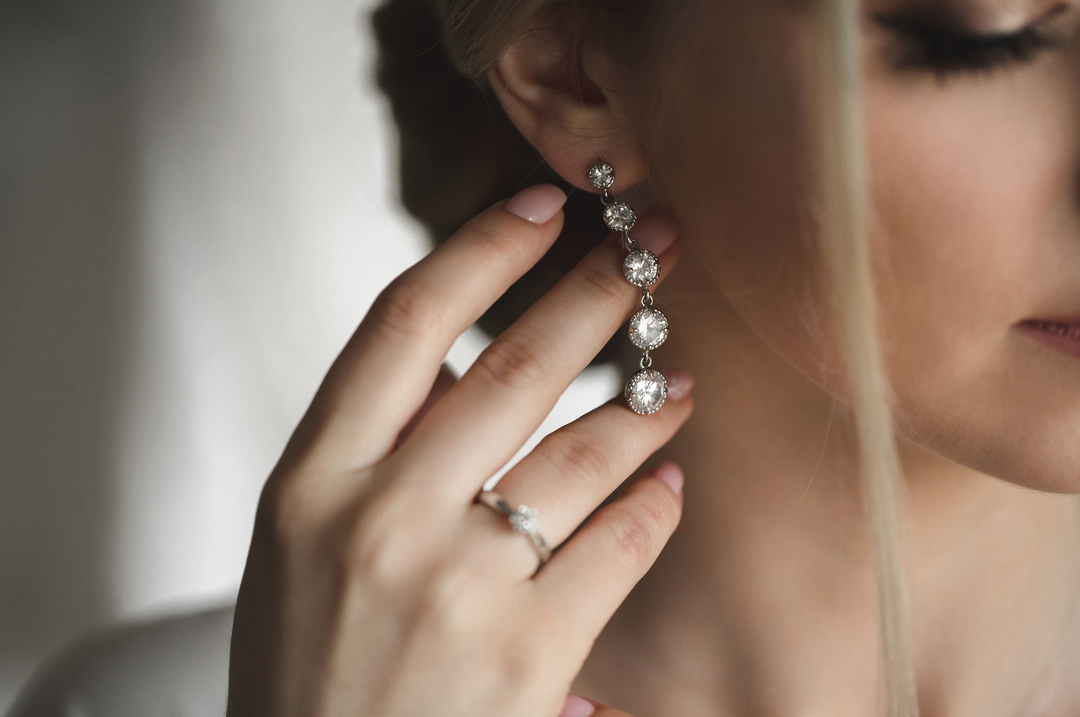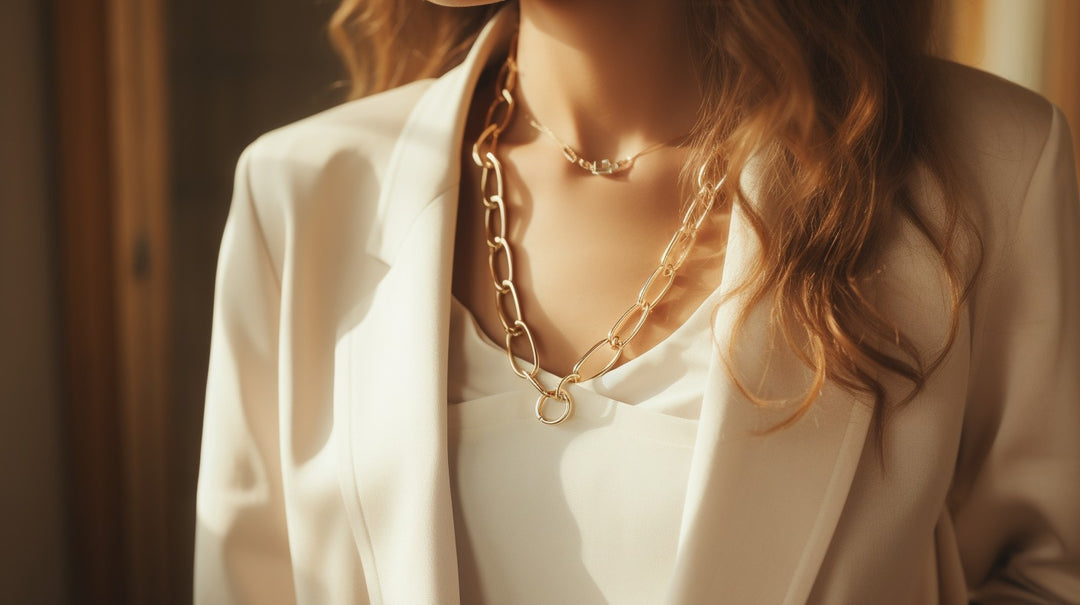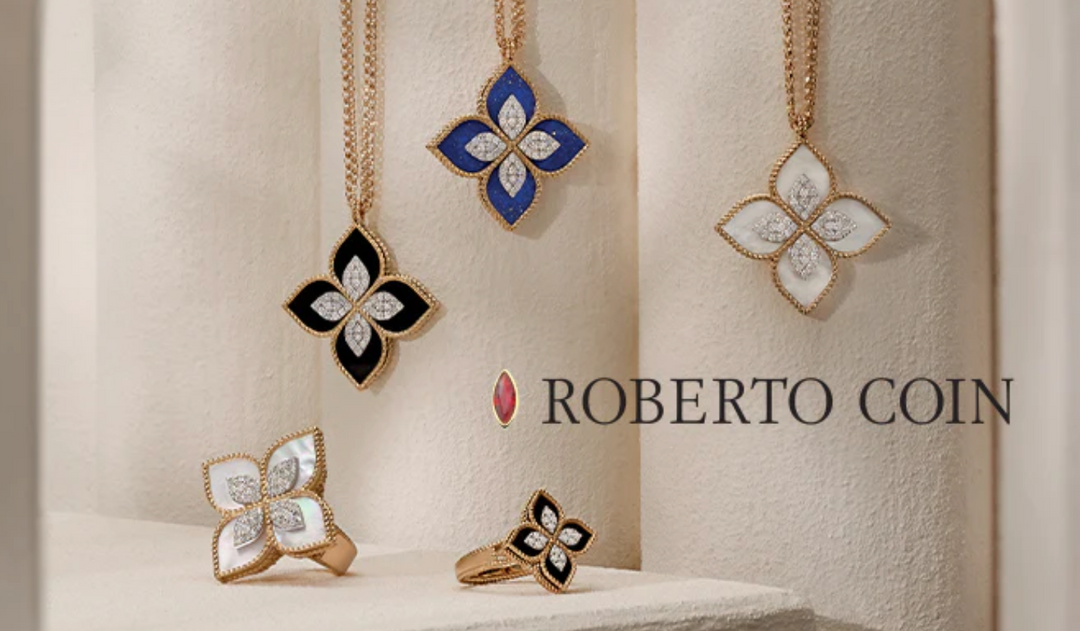What is the Mohs Scale?
The Mohs hardness scale is a test and scale used to identify the hardness of different minerals against another known substance. You may be wondering how that’s done. Pretty easily, actually!
We do this by completing a simple scratch test to show a mineral’s ability or inability to scratch another known mineral or to be scratched. By completing the test, the mineral is then placed on the hardness scale, which is comprised of 10 minerals that have been assigned a number ranked from 1-10, ten being the hardest and 1 being the softest.
Did you know, the hardest mineral known to man is the diamond? That’s why you always want to buy verified diamonds from verified dealers.
The Birth of the Mohs Scale
The Mohs scale was invented by German geologist and mineralogist, Friedrich Mohs, in 1812. Growing up, Mohs was an avid learner and good student who spent much of his time studying physics, chemistry, and math. He attended The Mining Academy in Freiburg, Germany where he developed an affinity for minerals. By 1801 he moved to Austria and became a curator of a private collection of minerals that belonged to a banker, J.F. Van Der Null. Van Der Null wanted Mohs to organize his minerals into categories and identify the unknown minerals in his collection. This is where the creation of the Mohs scale started.
Mohs spent the rest of his time as a curator for Van Der Null studying the varying softness and hardness of different minerals. He noticed that some harder minerals would scratch softer minerals, and that using common objects like a fingernail, or a nail would scratch some minerals but not others. Why was this so important, you may be thinking? Well, up until this point in the early 1800’s no one had invented a system for identifying minerals, so this was groundbreaking. It is the system still used today to identify minerals in the field as well as by jewelers in the care of gemstones and fine jewelry.

Source: Wikipedia
What Makes the Mohs Scale Unique?
What makes this scale unique is that it is simply a means to classify minerals against themselves. It is important to note that the Mohs scale of hardness is not absolute but is a measurement of relative hardness from one mineral to another. Another interesting fact is that the scale is not linear. This means that a number increase on the scale does not reflect a proportional increase in hardness.
For example, the step from calcite to fluorite which is an increase from a 3 to a 4 on the scale is an increase in hardness of around 25%. However, the progression from corundum to diamond, which is an increase from a 9 to a 10 on the scale, reflects an increase in hardness of 300%. We weren’t kidding about diamonds.

Source: NPS.gov
Some Pearls of Wisdom
Unless you are a gemologist or mineralogist, the Mohs scale of hardness may not be a tool designed for everyday use. However, when purchasing a piece of jewelry this scale will certainly come into conversation. It is best to know a little about the scale when looking for a piece of jewelry, so you are armed with knowledge about proper care and can ask the right questions to lengthen the life of your fine jewelry.
Jewelry Cleaning
To clean your piece of fine jewelry properly it is important to know what makes up the piece. Cleaners for fine jewelry, with or without ammonia, are safe for pieces that contain gemstones on the harder end of the scale. This includes diamonds, amethyst, rubies, sapphires, and topaz. A cleaner marked delicate is safe to be used on all types of jewelry but is better for more porous minerals and gemstones like pearls, opals, and emeralds. Knowing what makes up your piece of jewelry will help in how to clean it properly.
High on the Scale Care
Gemstones higher on the Mohs scale can be classified as scratch resistant which makes them tougher and are better choices for everyday wear. A diamond engagement ring is a good example of a piece that can be worn every day that will resist scratches well. Any gemstone higher than a 7 on the Mohs scale is safe for everyday wear. It is also smart to keep diamonds and other hard gemstones in their own storage pouches or boxes to protect from softer gemstones in a collection.
Low on the Scale Care
Some of the world’s most beautiful gems fall lower on the Mohs scale, like pearls and opals. But that does not mean they cannot be enjoyed or worn often. There are a few points to be aware of when in the market for a softer piece. The stone should be cut well with no sharp points. This deters chipping and cracking. The setting should provide protection to the stone like placing a softer stone in a necklace or earrings as opposed to a ring. Using softer stones as accent and not the center stone reduces the visibility of potential scratches as well.
From Diamonds to Pearls
At Hamilton Jewelers, we have an array of beautiful pieces that run the Mohs scale from diamonds down to pearls. Scroll through to look through the best kind of countdown.
Diamonds are a Ten

Number Nine- Rubies

Number Eight- Topaz

Number Seven- Citrine

Number Six- Perido

Number Five- Opal

Number Four- Coral

Number Three- Gold

Number Two- Pearl

Come look at all Hamilton Jewelers has to offer for any gemstone on the Mohs scale and put your new knowledge to the test when picking out your new piece of fine jewelry!







